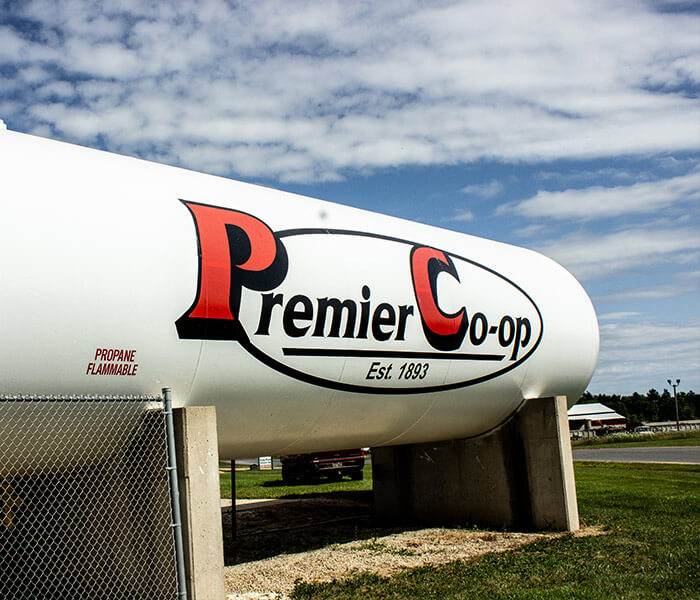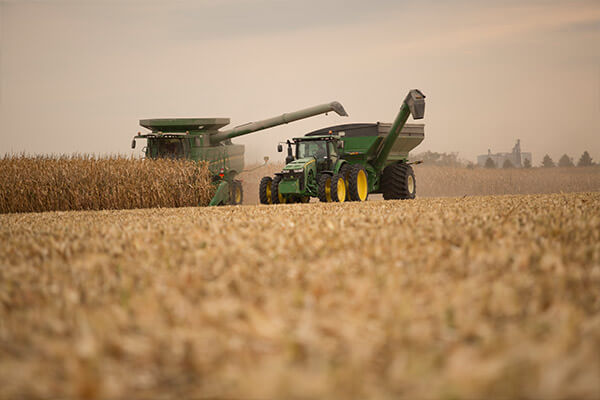Premier Co-op

April Energy News
Remember last month when I was talking smack about winter being over? I wasn’t ready to accept it and when I heard a blizzard was raging in the upper peninsula of Michigan the fir...

With the varied and challenging weather conditions, this year will be as important as any to get out and determine how well your corn hybrid has withstood the ups and downs of 2023. At Premier we recommend starting scouting fields now, checking for any indication of the factors that lead to stalk lodging so you can prepare a harvest order to minimize yield loss. Observations should be made within the field away from outside rows. To estimate how much stalk rot is present, go down your corn rows and pinch 10 stalks in a row about 6 inches above the soil surface and up toward the ear. If your thumb and forefinger meet, collapsing the stalk easily indicates advance stages of stalk rot and those stalks are compromised. If 15% of stalks tested in a field fail the test, prioritize that field for harvest. Also, determine the extent of insect feeding. Choose your sampling areas to adequately reflect differences in soil types, soil drainage patterns, corn products, rainfall, and soil fertility levels. For help in accessing your fields please give your Premier agronomist a call.
Harvest Management
Post Harvest Considerations While the culture and harvest management options will help reduce the harvest losses you incur during the current growing season, evaluate why certain fields or areas of fields lodged. Did you make the proper choice for product selection, fertility levels, plant populations, pest control, or cultural practices? Which factors going forward can be changed to avoid the problem in future years? Please reach out to your agronomist to help evaluate and answer those question and build for success in 2024.
